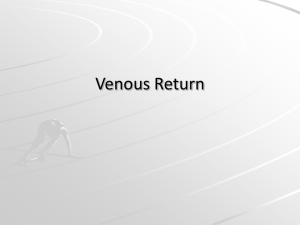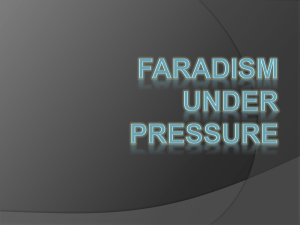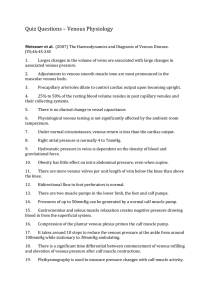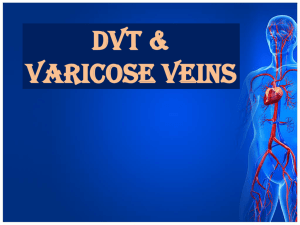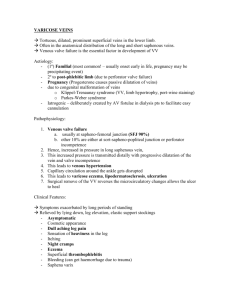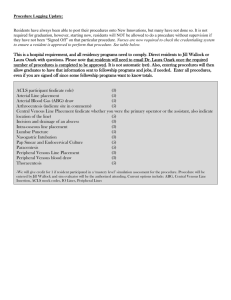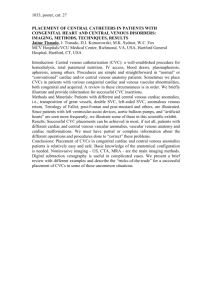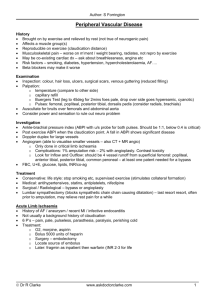Venous Return Mechanism & Starling's Law Explained
advertisement
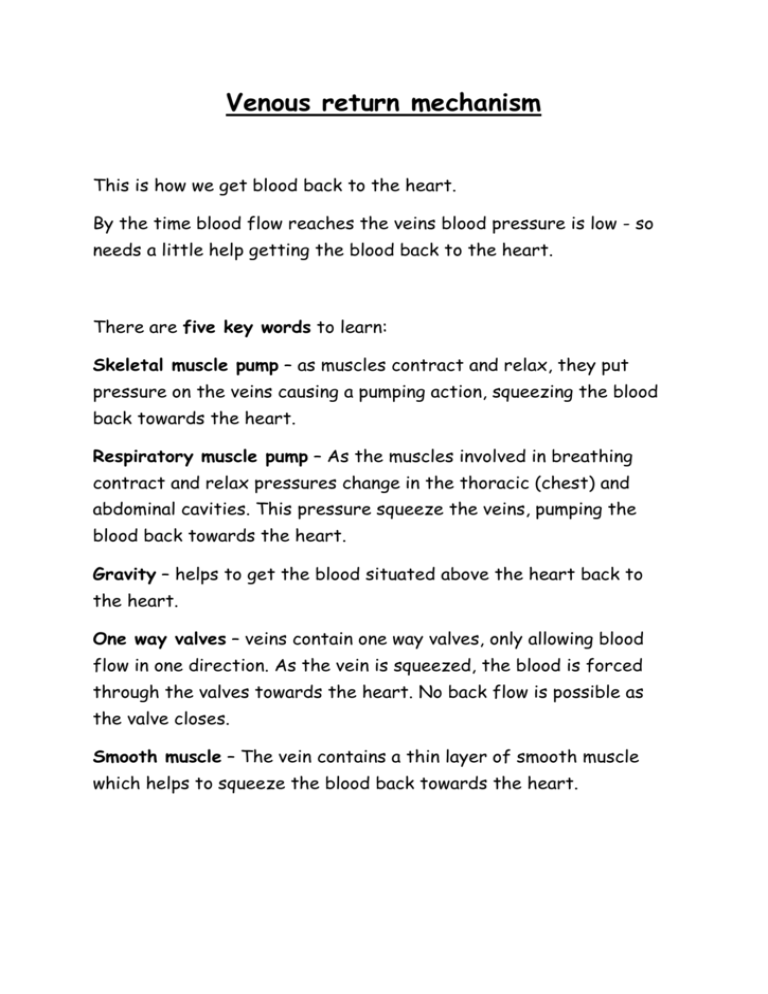
Venous return mechanism This is how we get blood back to the heart. By the time blood flow reaches the veins blood pressure is low - so needs a little help getting the blood back to the heart. There are five key words to learn: Skeletal muscle pump – as muscles contract and relax, they put pressure on the veins causing a pumping action, squeezing the blood back towards the heart. Respiratory muscle pump – As the muscles involved in breathing contract and relax pressures change in the thoracic (chest) and abdominal cavities. This pressure squeeze the veins, pumping the blood back towards the heart. Gravity – helps to get the blood situated above the heart back to the heart. One way valves – veins contain one way valves, only allowing blood flow in one direction. As the vein is squeezed, the blood is forced through the valves towards the heart. No back flow is possible as the valve closes. Smooth muscle – The vein contains a thin layer of smooth muscle which helps to squeeze the blood back towards the heart. Starling’s law Stroke volume is dependent on the amount of venous return. In other words for SV to increase during exercise so must venous return. The above mechanism explains how this increase in venous return is achieved. More blood is pumped back to the heart, which causes an increase in blood volume which stretches the walls of the heart. This results in a stronger contraction of the cardiac muscle (myocardium) which increases stroke volume. This is known as Starling’s law. - The greater the venous return the greater the SV. - The lower the venous return the lower the SV. (As SV increases or decreases Q (cardiac output) will follow also) How does an increase in VR and therefore an increase in SV affect performance? Hint - Think about during and after activity.
